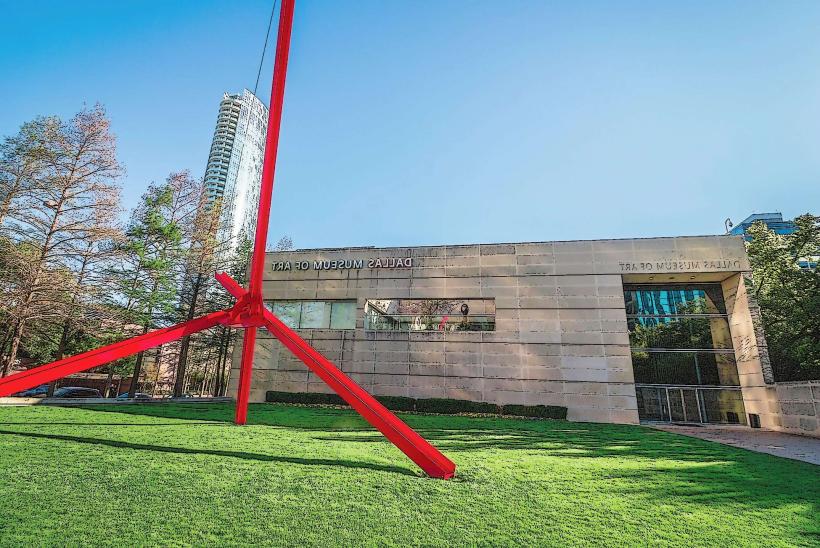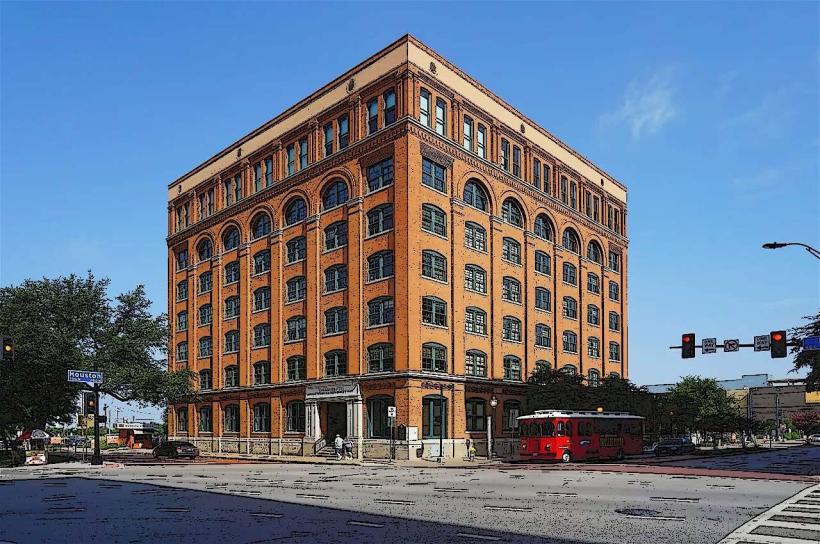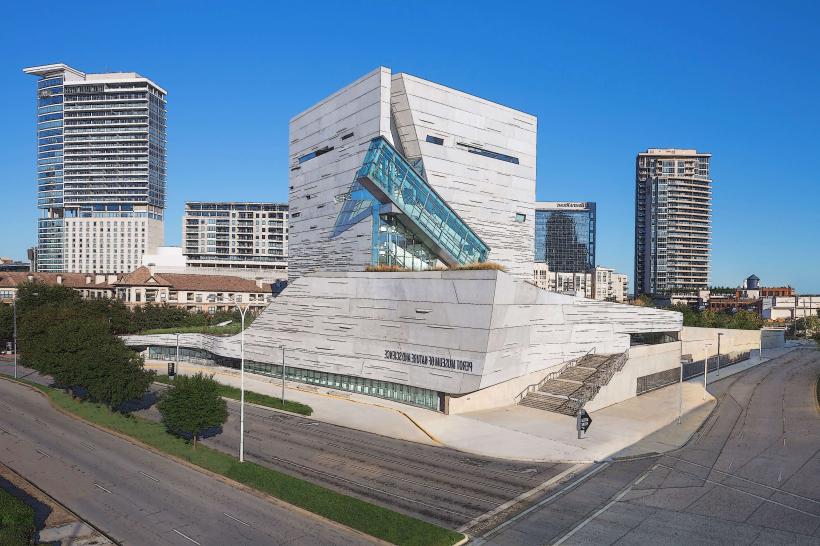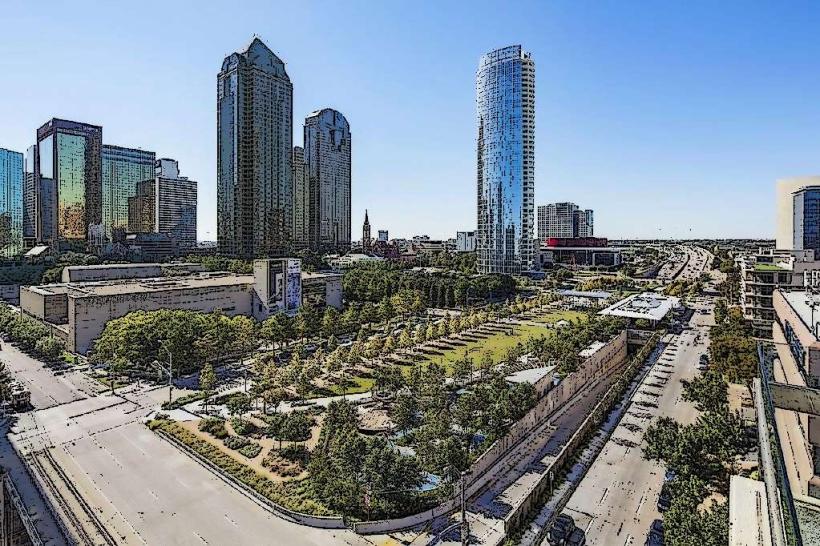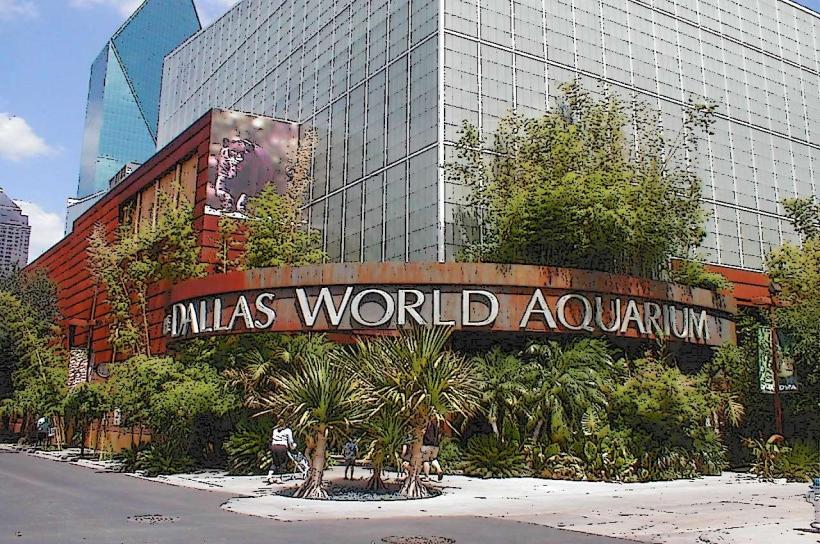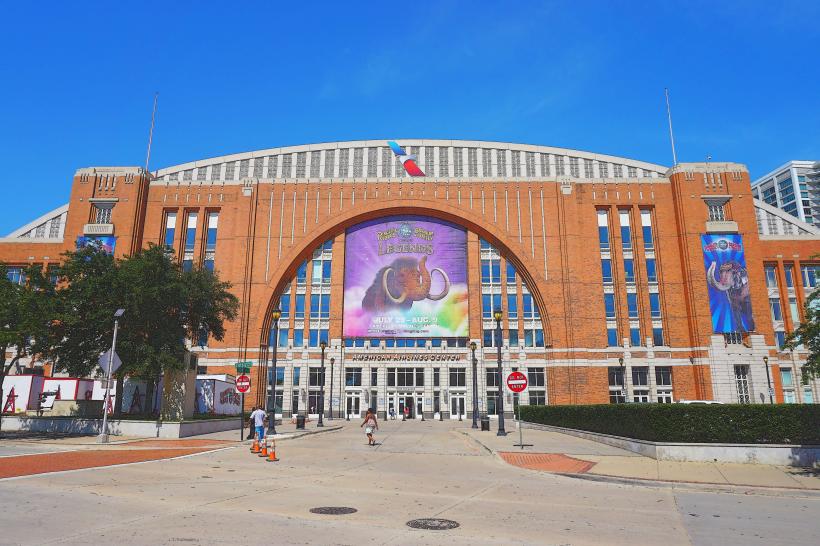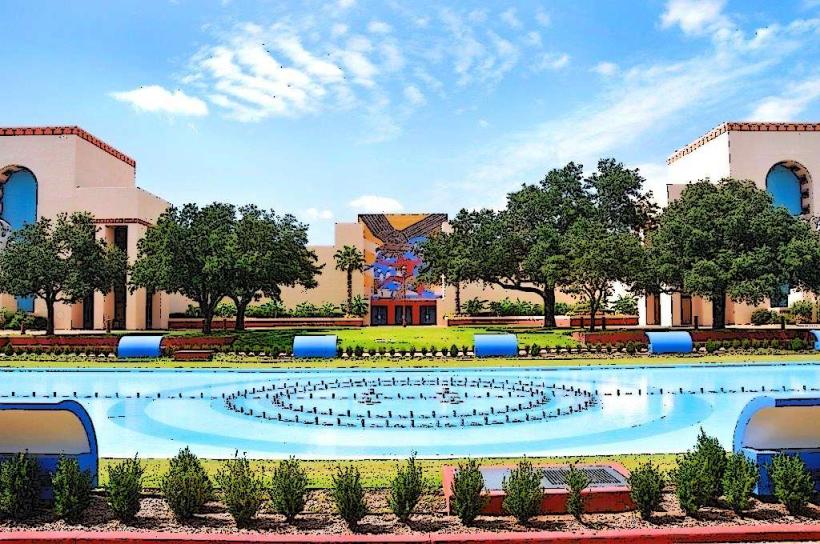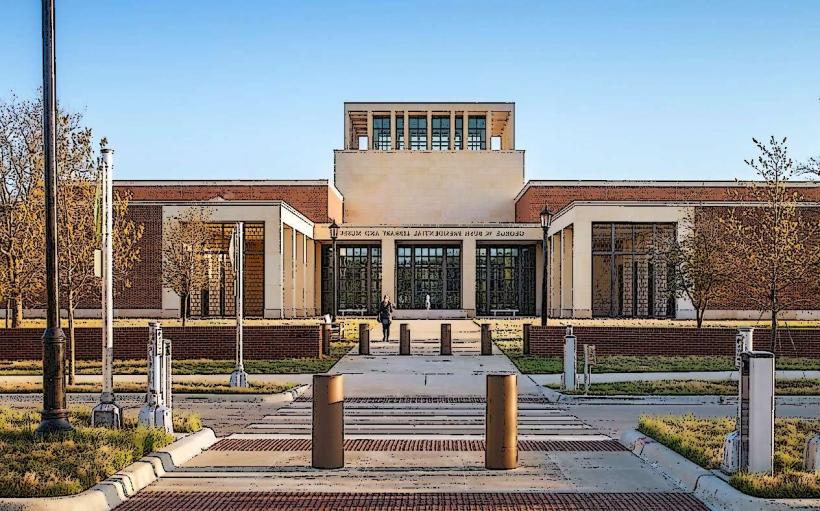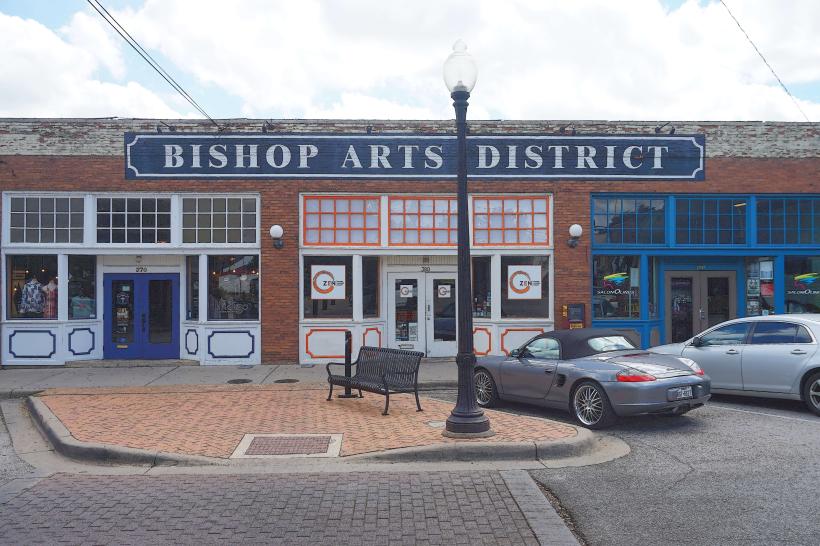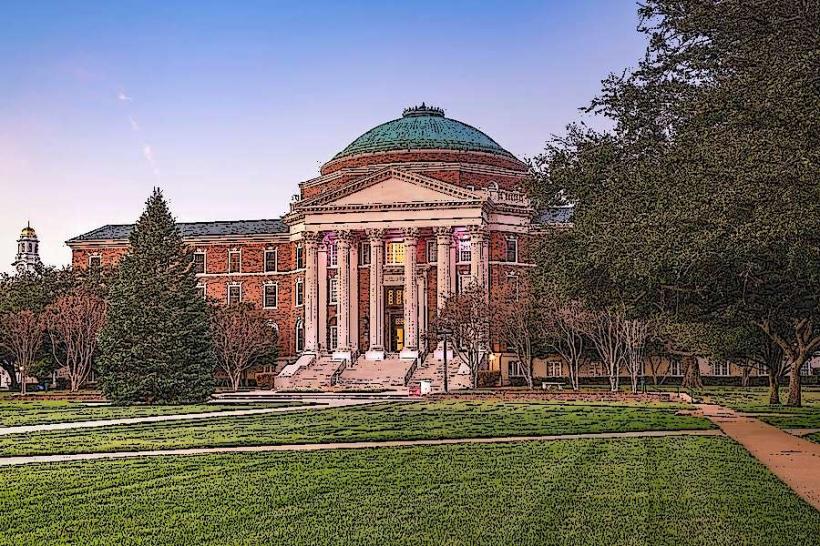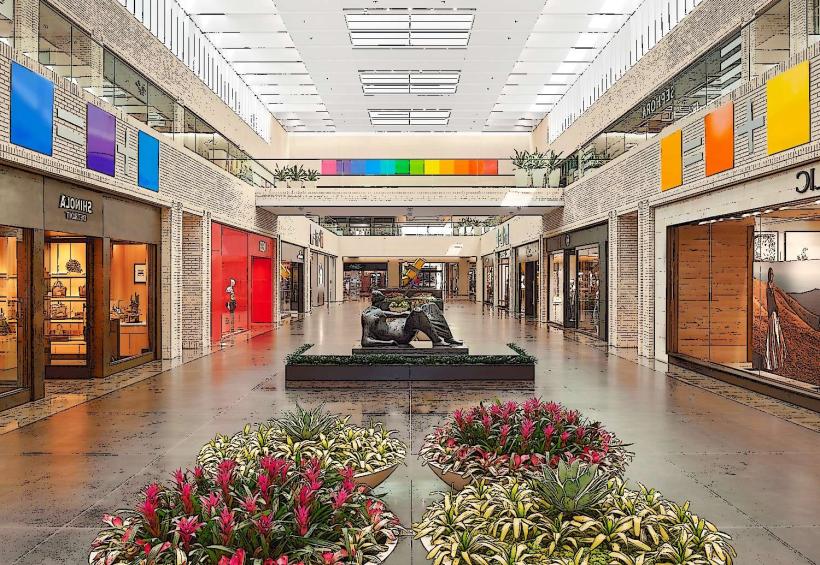Information
Landmark: Dallas Holocaust and Human Rights MuseumCity: Dallas
Country: USA Texas
Continent: North America
Dallas Holocaust and Human Rights Museum, Dallas, USA Texas, North America
The Dallas Holocaust and Human Rights Museum (DHHRM) is a key educational institution dedicated to preserving the memory of the Holocaust, promoting human rights, and combating prejudice and hatred. The museum offers a deeply impactful and immersive experience that educates visitors about the atrocities of the Holocaust and provides insight into the ongoing struggles for human rights around the world. Here’s a detailed look at what the museum has to offer:
History and Mission
Founded in 1984 by Holocaust survivors in the Dallas area, the museum initially operated as a small community-based organization. Over the years, it has grown into one of the foremost institutions of its kind, focusing not only on the Holocaust but also on promoting human rights and fighting against discrimination and indifference. The museum’s mission is to "educate about the Holocaust, advance human rights to combat prejudice, hatred, and indifference, and promote the importance of democracy and justice."
In 2019, the museum moved to a new, larger facility, opening its doors to a more expansive and state-of-the-art exhibit space that allows for an even greater impact on visitors.
Museum Layout and Exhibitions
The DHHRM consists of a variety of permanent and temporary exhibits that are designed to engage visitors in deep reflection and dialogue about historical and contemporary human rights issues. Some key elements of the museum include:
1. Permanent Exhibitions
Orientation Wing: This area introduces visitors to the themes of the museum, providing a context for understanding the Holocaust, human rights violations, and the museum's broader goals. It sets the stage for what visitors will experience throughout the museum.
Holocaust/Shoah Wing: This is one of the most poignant areas of the museum, focusing on the Holocaust and the devastating impact it had on Jewish communities. The wing features the stories of Holocaust survivors, many of whom call Dallas their home, and provides historical context through video testimonies, photographs, and artifacts. A significant part of this wing is a real Nazi-era railcar, the first of its kind to be displayed in any museum worldwide. The railcar is a symbol of the inhumane transportation systems used to deport millions of people to concentration camps.
Human Rights Wing: After covering the Holocaust, this wing takes visitors through the post-Holocaust era, exploring the creation of the Universal Declaration of Human Rights and highlighting other instances of genocide and human rights violations. The "Ten Stages of Genocide" gallery here educates visitors on how genocides have evolved over time, helping people understand how such atrocities can occur and how they can be prevented.
Pivot to America Wing: This part of the museum highlights the experiences of Holocaust survivors who found refuge in the United States, detailing their struggles and contributions to American society. Many survivors went on to become influential in fields ranging from business to education, and their stories are told as part of the narrative of post-Holocaust immigration and resilience.
2. Dimensions in Testimony℠ Theater
One of the most unique features of the Dallas Holocaust and Human Rights Museum is its Dimensions in Testimony℠ Theater, which offers a groundbreaking interactive experience. In this space, visitors can have a conversation with a holographic representation of Holocaust survivors. The technology allows for real-time interactions, where visitors can ask questions and receive responses from the holographic figures. This technology, developed by the USC Shoah Foundation, ensures that future generations will be able to connect with survivors and hear their stories long after they are no longer alive.
One of the prominent survivors featured in the theater is Max Glauben, a Dallas resident who survived the Warsaw Ghetto and several concentration camps. Through this innovative technology, visitors can learn from his experiences and gain a deeper understanding of the Holocaust.
3. Special Exhibitions and Programs
The museum regularly hosts special exhibitions, focusing on current human rights issues such as antisemitism, civil rights, and social justice. These exhibitions often include partnerships with other organizations and present both historical and contemporary accounts of human rights struggles. The museum also offers educational programs, including panel discussions, lectures, and film screenings that address ongoing issues like genocide, racial inequality, and refugees.
The museum’s educational outreach extends beyond just exhibitions. They offer educational resources for teachers, and virtual programs and field trips for students. Each year, the museum reaches nearly 120,000 students, offering them a transformative learning experience that connects the past with present-day issues.
Visitor Experience
The Dallas Holocaust and Human Rights Museum provides visitors with a deeply emotional and educational experience. It is an interactive museum that combines multimedia presentations, testimonies, artifacts, and state-of-the-art technology to engage visitors. The museum is designed to be thought-provoking and encourages visitors to reflect on the lessons learned from the Holocaust and the importance of standing up for human rights and justice.
The museum is open daily from 10:00 a.m. to 5:00 p.m., except for Tuesdays. Admission prices vary, with discounts for seniors, military personnel, educators, and students. Visitors are also encouraged to check for free admission events on the first full weekend of each month, as part of the Bank of America Museums On Us program.
Architectural Design
The museum’s new 55,000-square-foot facility, which opened in 2019, was designed by the architectural firm Berenbaum Jacobs Associates. The building’s layout is intentionally designed to guide visitors through a journey of remembrance, reflection, and education. Its modern yet solemn design reflects the seriousness of its mission, providing a contemplative space for visitors to engage with history.
The museum features expansive exhibit halls, a multi-purpose auditorium, educational spaces, and a café. The thoughtful design of the museum supports the overall goal of fostering a sense of reverence and reflection while encouraging dialogue and understanding of human rights issues.
Conclusion
The Dallas Holocaust and Human Rights Museum serves as an essential resource for understanding the Holocaust and the ongoing need for global human rights advocacy. Through its exhibits, interactive programs, and educational efforts, it plays a vital role in preserving history and fostering future generations' awareness of the consequences of intolerance, hatred, and injustice. Whether through the powerful survivor testimonies, the Dimensions in Testimony theater, or the thought-provoking special exhibitions, the DHHRM provides a unique opportunity for individuals to reflect on the past and think critically about their role in shaping a more just and compassionate future.

